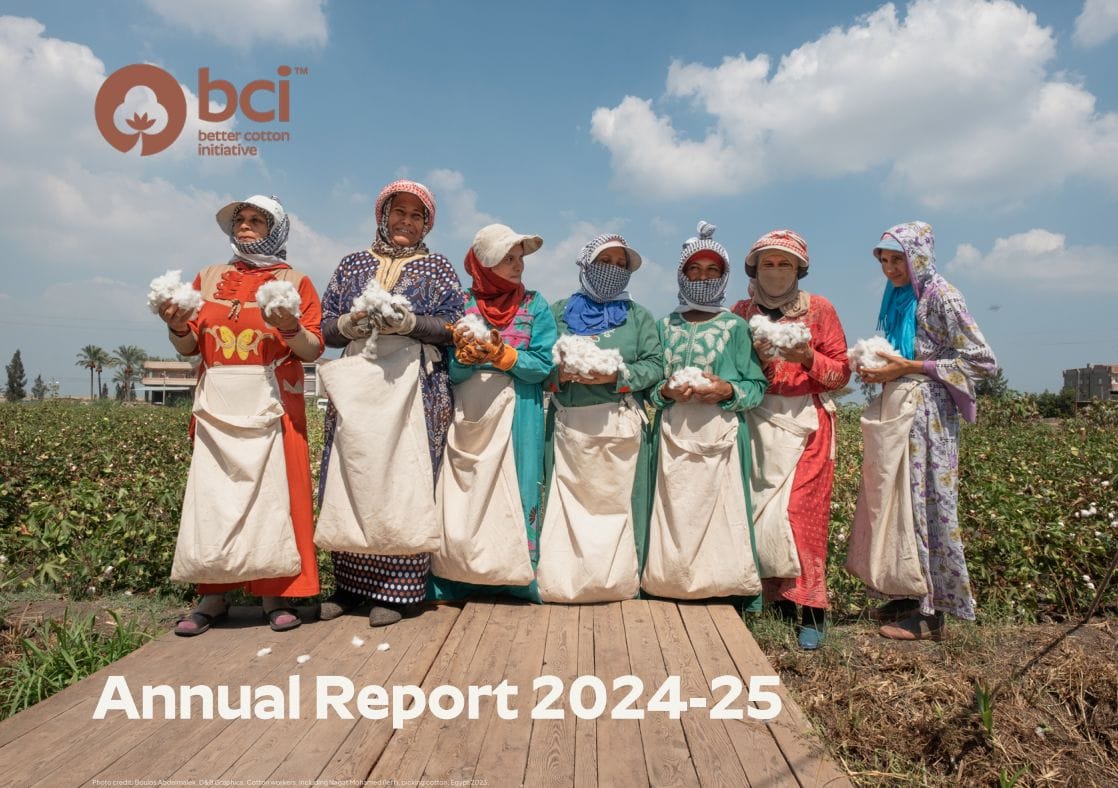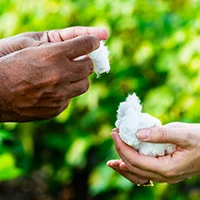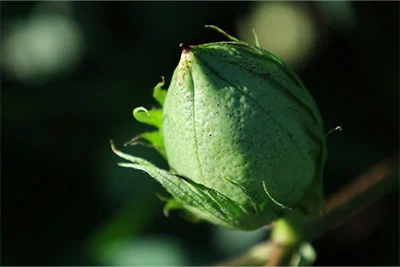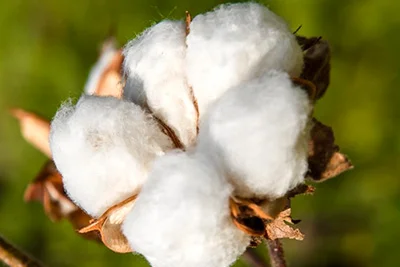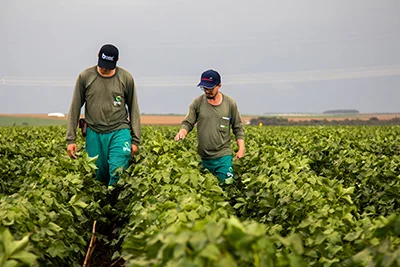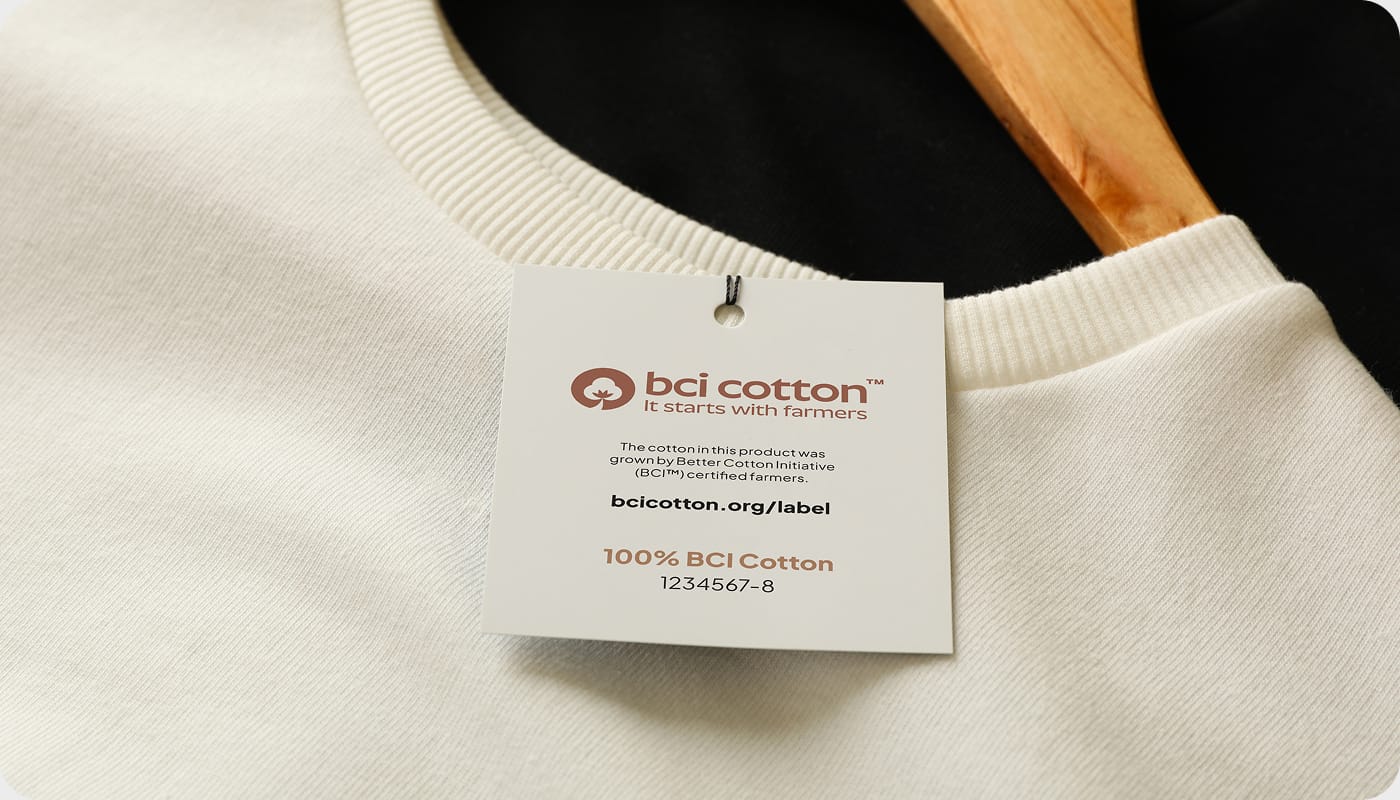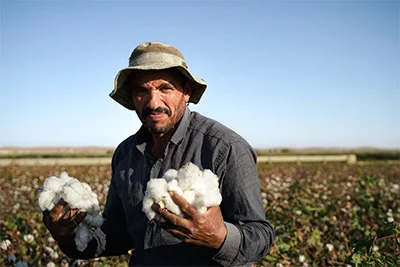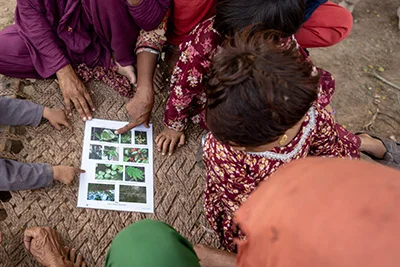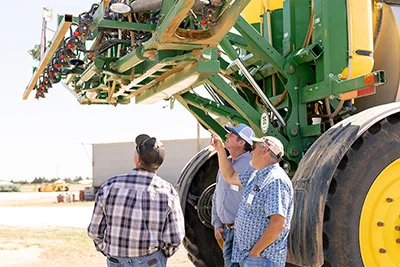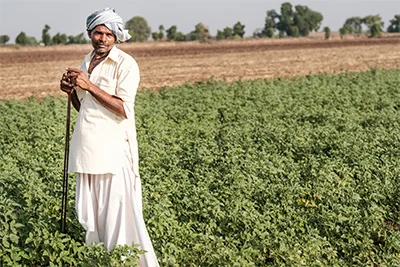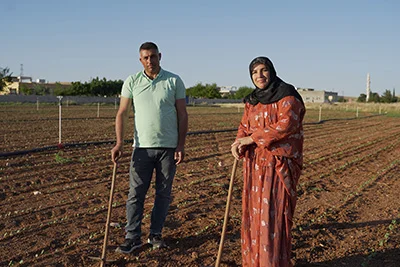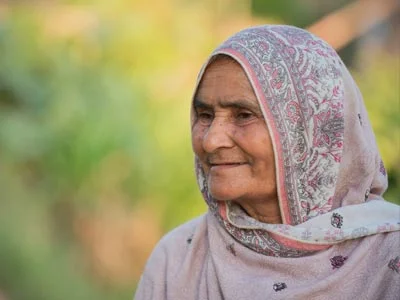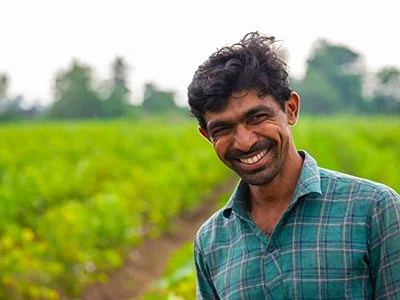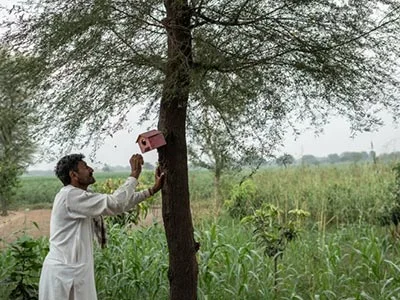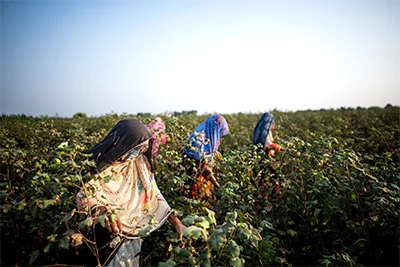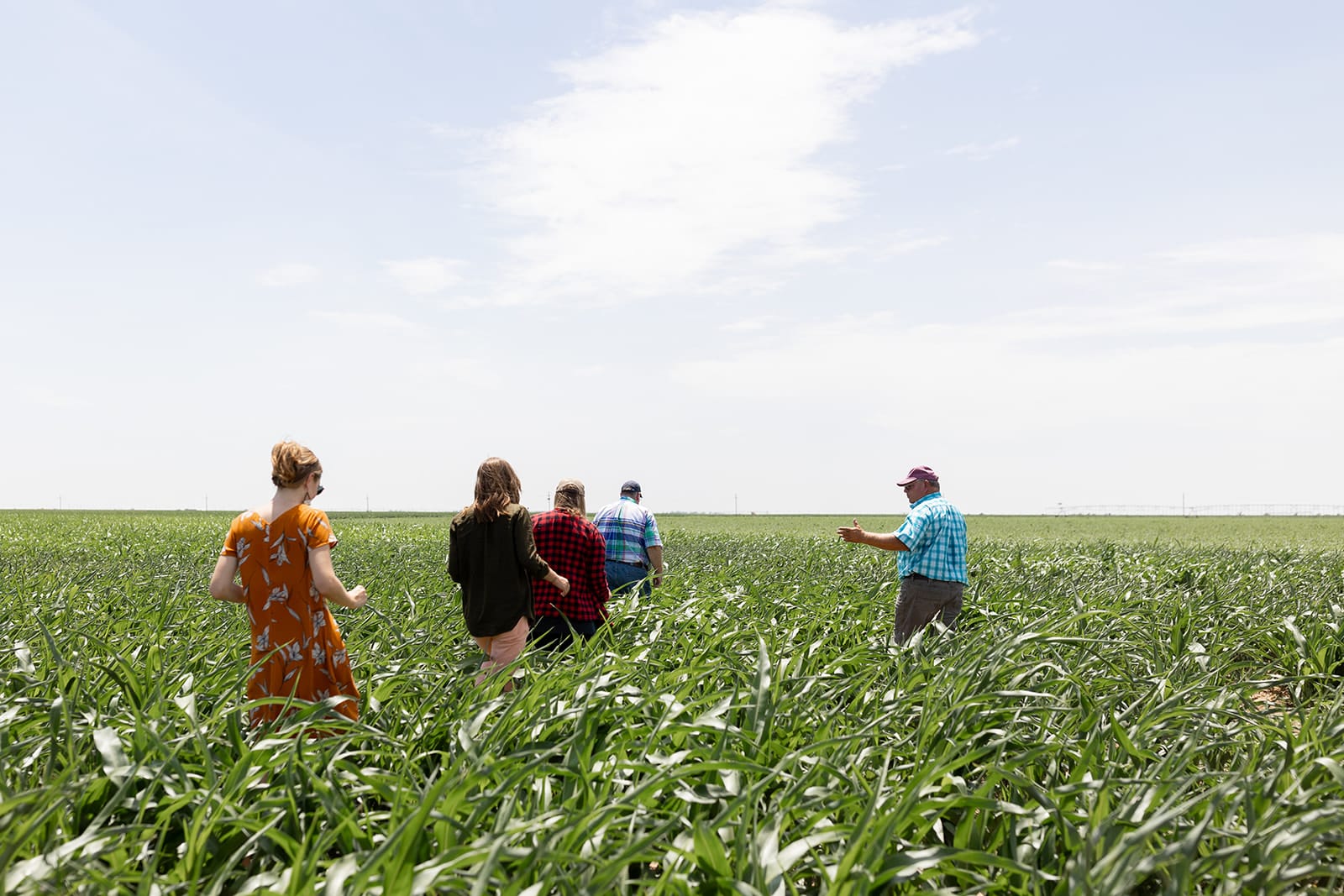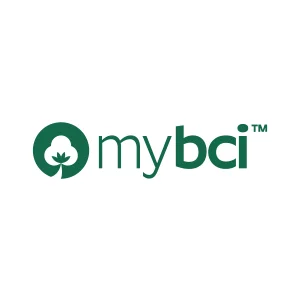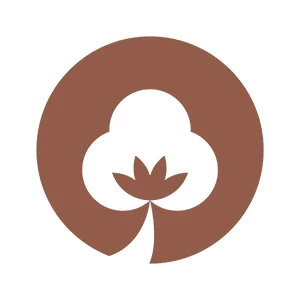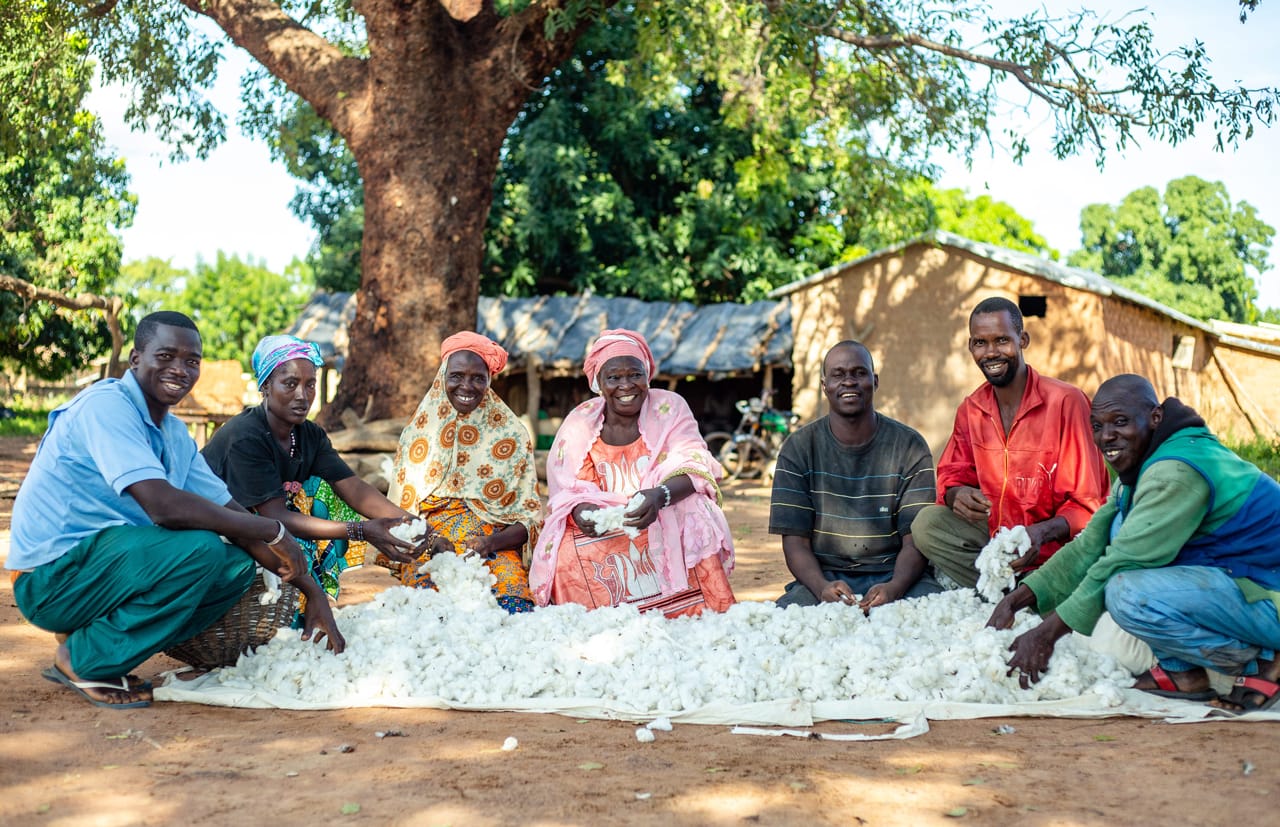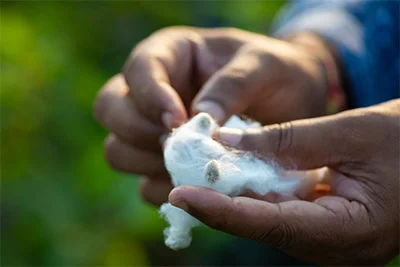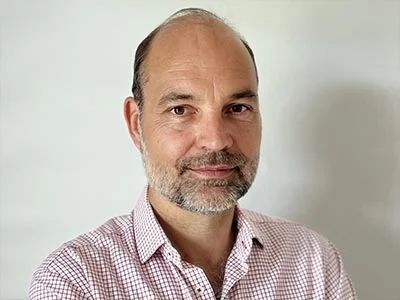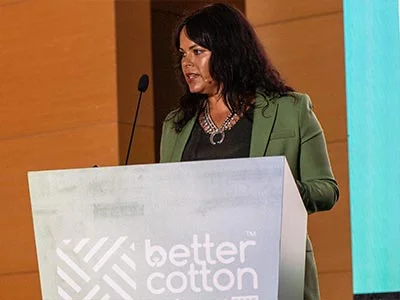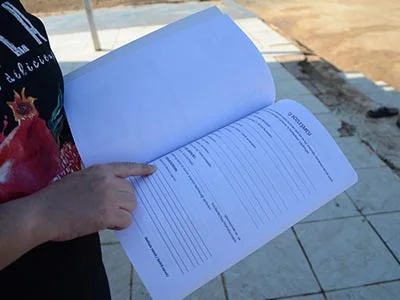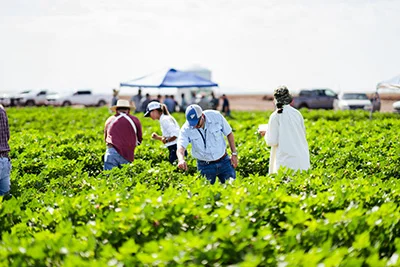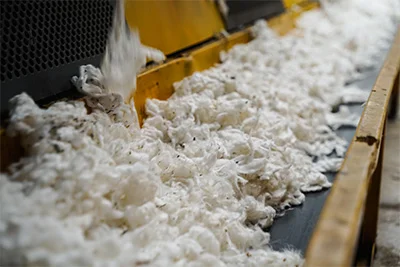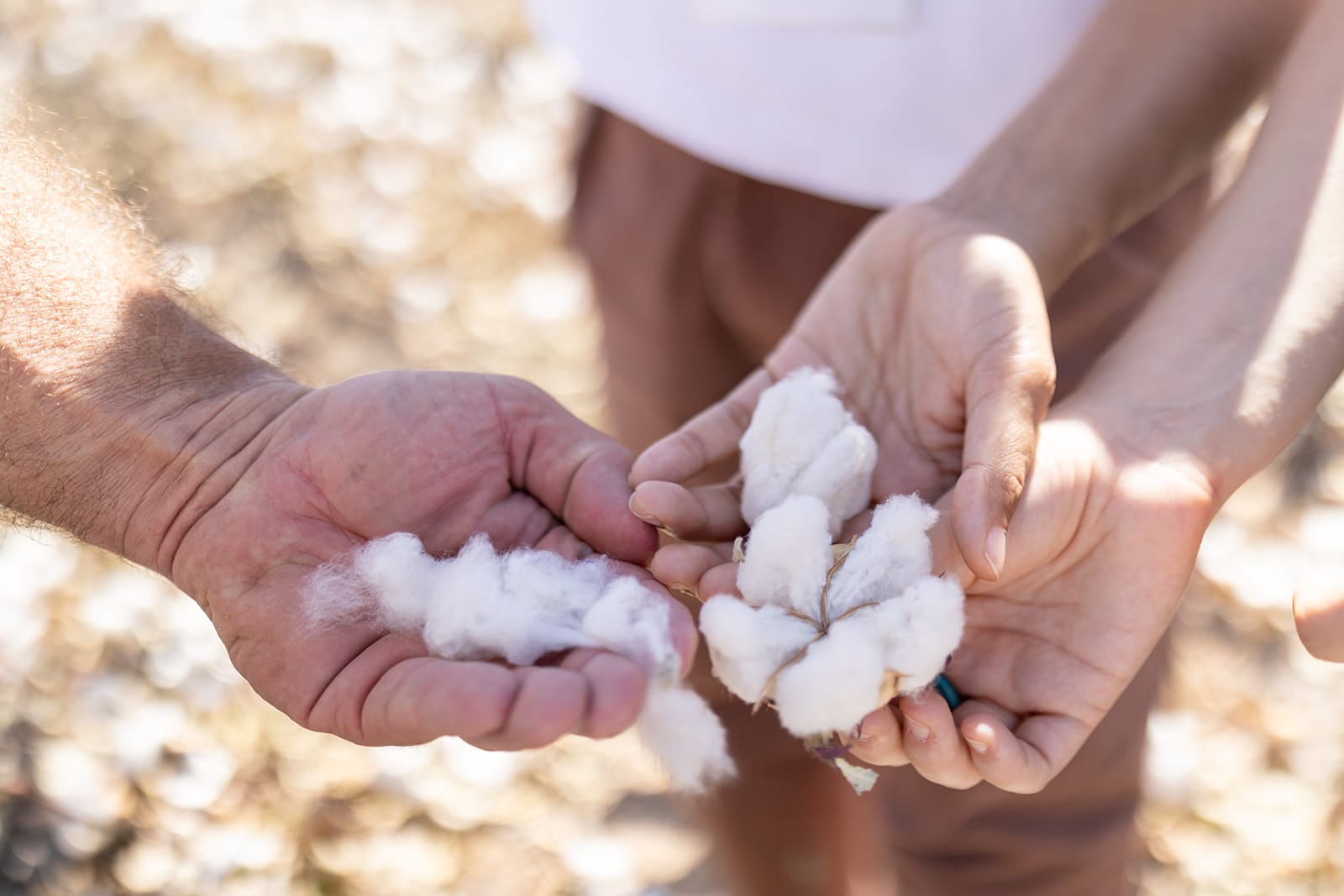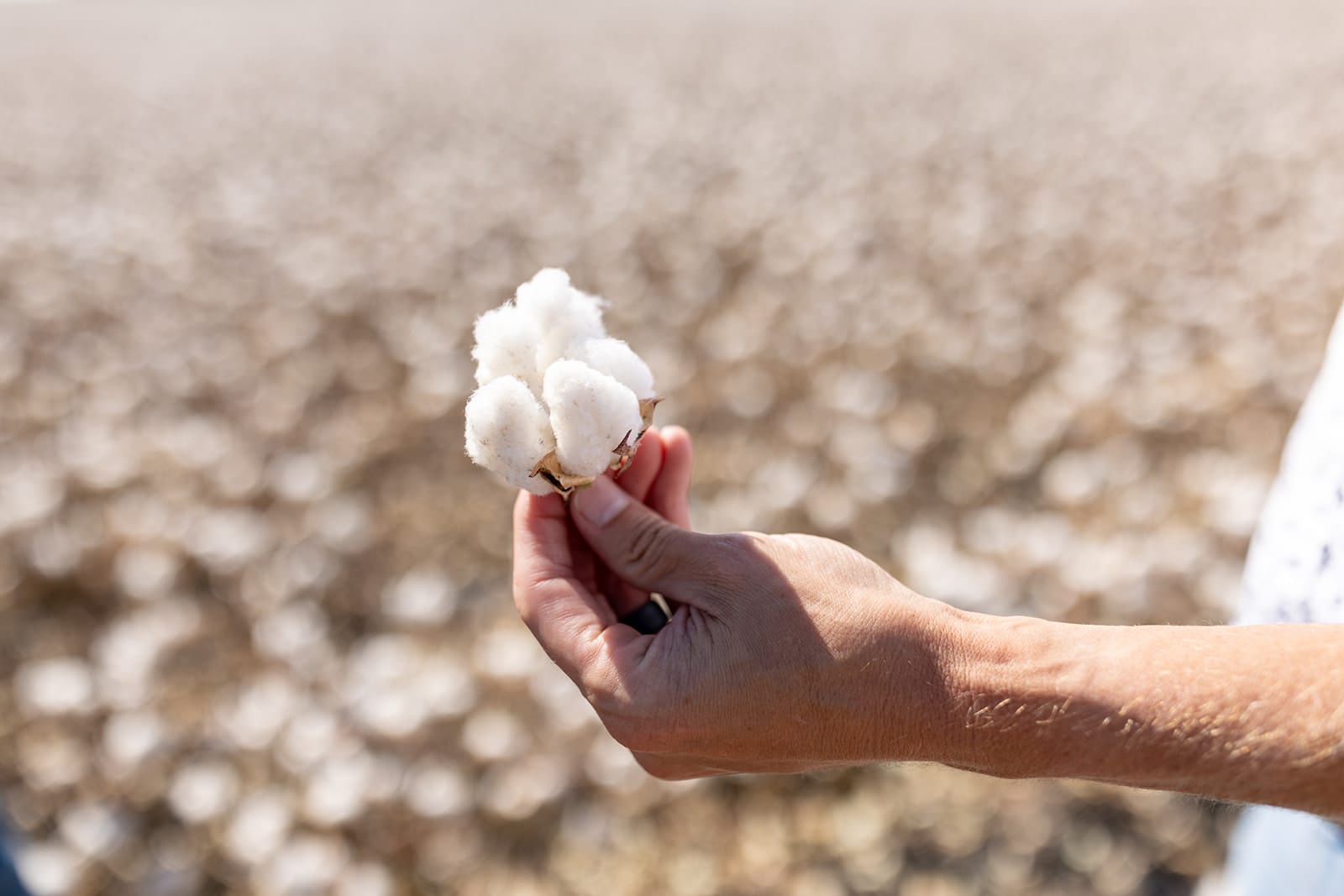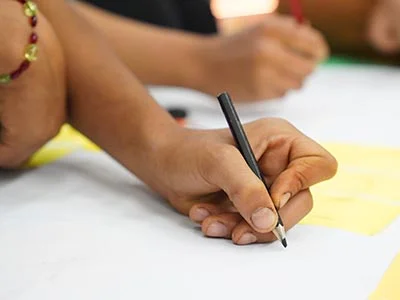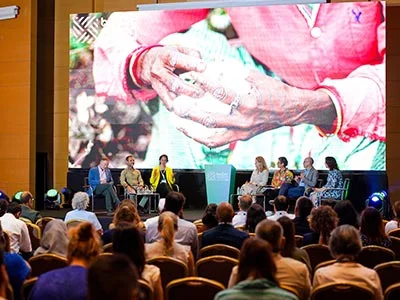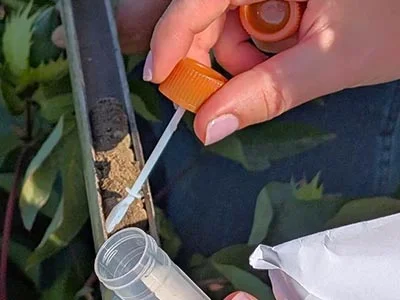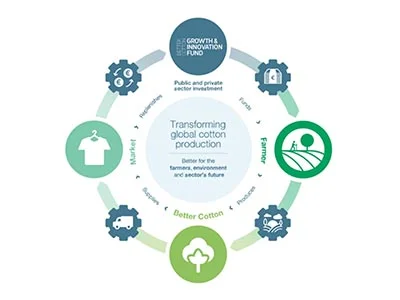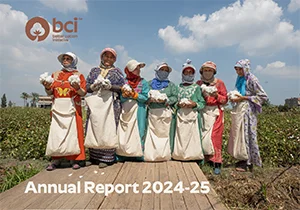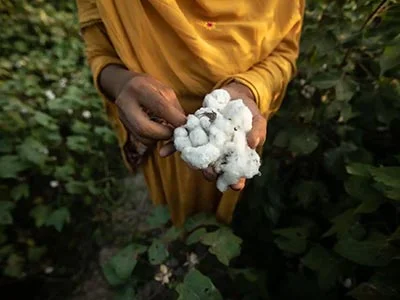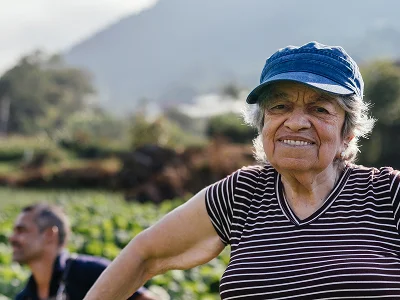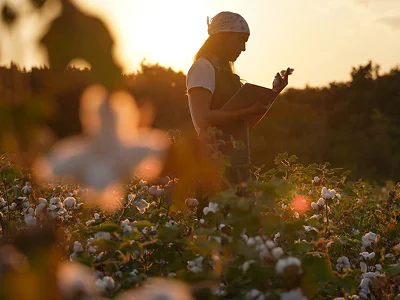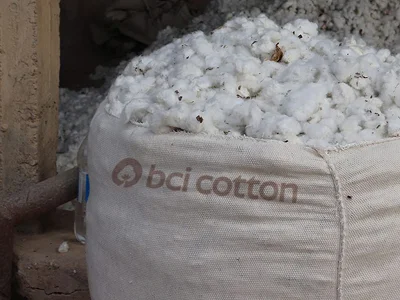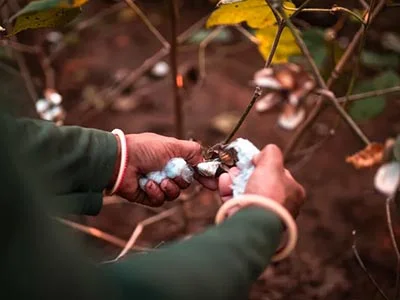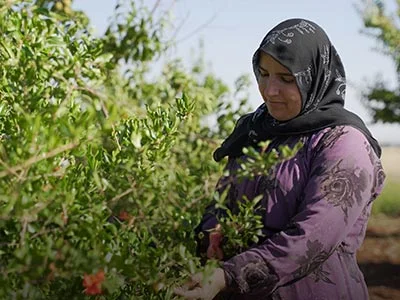BCI Farmers Demonstrate the Benefits of Implementing more Sustainable Farming Practices
In the 2017-18 cotton season*, the Better Cotton Initiative (BCI) and its on-the-ground partners provided training on more sustainable farming practices to more than two million cotton farmers in 21 countries. Through training, tools and capacity building, BCI Farmers address and tackle pertinent issues in cotton production, from water use to pest management to Decent Work. By implementing the Better Cotton Principles and Criteria, farmers produce cotton in a way that is measurably better for themselves, the environment and farming communities.
Each cotton season, BCI and its partners collect data from BCI Farmers to monitor and assess a range of social, environmental and economic indicators. BCI Farmer results from the 2017-18 cotton season clearly demonstrate the benefits of implementing more sustainable practices around the world.Here are some key highlights from China, India, Pakistan, Tajikistan and Turkey.
Social
- In Turkey, 74% of BCI Farmers had advanced awareness of child labour issues.
- In Tajikistan, 25% of BCI Farmers trained on health and safety practices were women.
Environmental
- BCI Farmers in India used 10% less water than comparison farmers.
- BCI Farmers in Pakistan used 17% less synthetic fertiliser than comparison farmers.
- BCI Farmers in Tajikistan used 40% fewer pesticides than comparison farmers.
Economic
- BCI Farmers in China achieved 14% higher yields than comparison farmers.
- BCI Farmers in Pakistan achieved 40% higher profits than comparison farmers.
Access the2017-18 BCI Farmer Results to see how BCI is driving measurable improvements in cotton production.
Note about Comparison Farmers: BCI Farmer Results compare the country averages of key social, environmental and economic indicators achieved by licensed BCI Farmers to non-BCI farmers in the same geographic area who are not participating in the BCI programme. We refer to the latter farmers as Comparison Farmers.
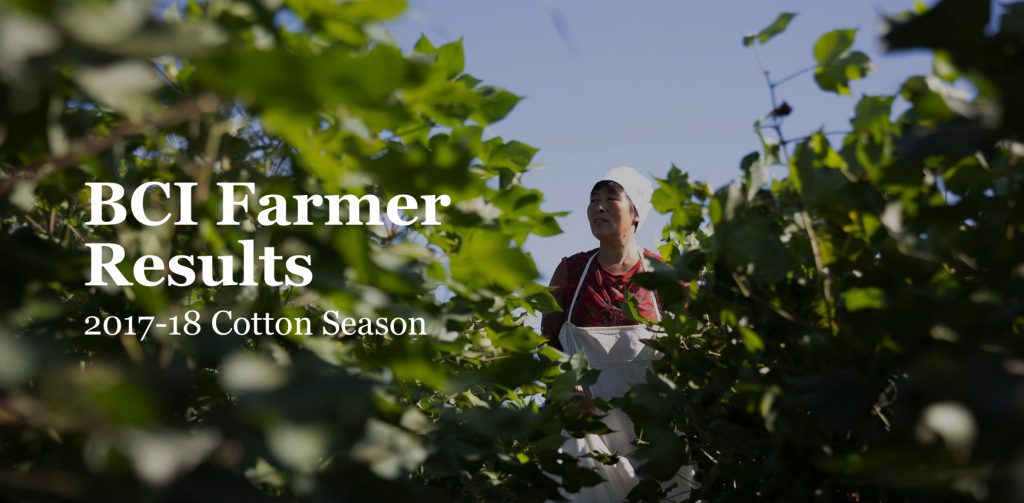

*Cotton is sown and harvested in different annual cycles all over the world. For BCI, the 2017-18 cotton season harvest was completed towards the end of 2018. BCI Farmer results indicator data must be submitted to BCI within 12 weeks of the cotton harvest. All data then goes through a rigorous data cleaning and validation process before it can be published.

